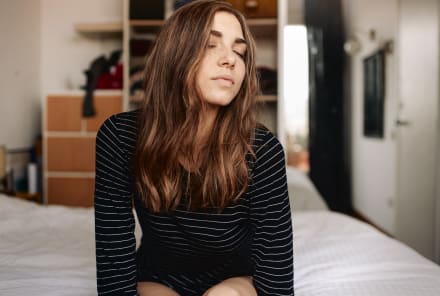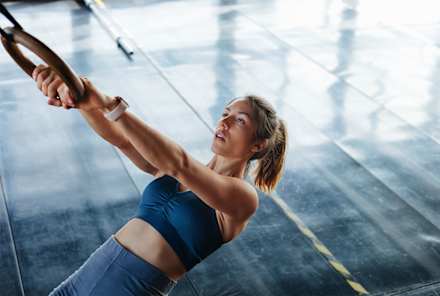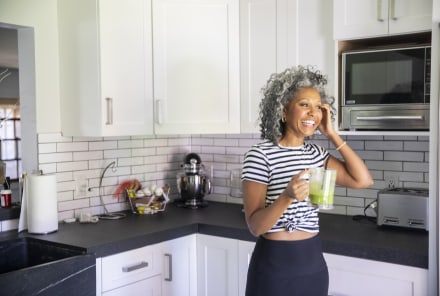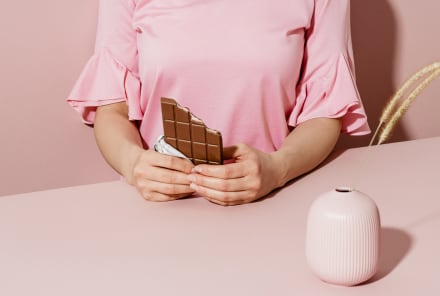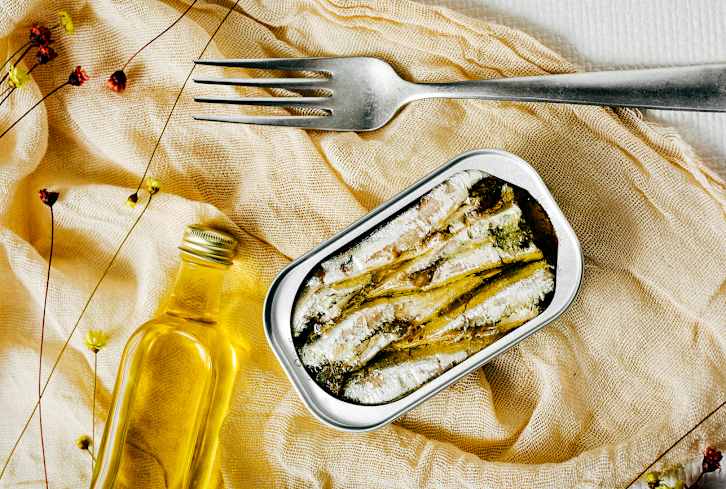Advertisement
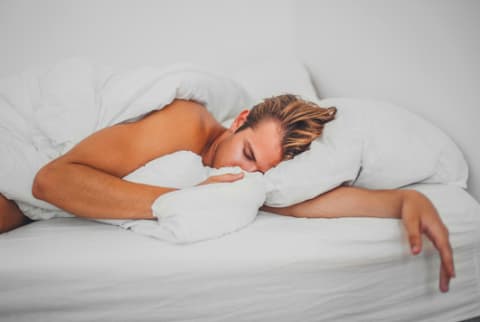
It’s easy to think of sleep as a binary state: Either you’re sleeping or you’re not, end of story. If you’re aiming for peak performance in your life, career, spirituality and relationships, though, you have to pursue not only the right quantity of shut-eye, but also improved quality.
With simple behavior tweaks and the most cutting-edge technology, you can make every horizontal hour count—and support your goal of living a bold, fulfilling life. After all, the best days start with a good night’s sleep.
Design your bedroom for the best sleep.
Different kinds of light can disrupt your body’s circadian rhythm, but with some thoughtful design, you can create a relaxing haven that encourages deep and rejuvenating sleep. Banish any electronic screens from your bedroom, as the blue hued light they emit can suppress your body’s production of melatonin, the hormone that promotes drifting off to dreamland. (While taking a Melatonin supplement can ease temporary sleep issues like jet lag1, some experts say it’s best to rely on your body’s own production of the hormone rather than taking it in pill form.)
While you’re at it, swap out your regular light bulbs with ones without the blue range of the spectrum, like those from Lighting Science. A recent study showed that turning on special “pre-sleep” lightbulbs didn’t suppress melatonin production and helped people feel drowsier before slipping between the sheets.
Even though the wavelengths electronic light disturb sleep, the actual blue hue that the eye can see is calming (which is why so many spas incorporate the color into their decor.) Take a cue from those spas—and science—and choose a muted blue paint when you make over your bedroom. A British study found that people with a bedroom with blue walls slept nearly 2 hours longer than the worst color (purple). And place your headboard against a wall, which signals security, but not under a window, where the outdoor energy can interfere with slumber, according to Feng Shui principles.
Get serious about pre-bed relaxation.
Doing some gentle yoga flows or a guided visualization before you hit the sack is a great way to clear your head and cue your body for rest. For pre-bed yoga, try resting your head on a prop in positions like the seated forward fold and wide-legged standing forward bend—the support will help you let go physically and mentally. In fact, more than half of U.S. yoga practitioners found that doing yoga improved their shut-eye, finds the National Center for Integrated and Complementary Health.
Then replace your nightly Instagram-scrolling with meditation or a journaling session to improve your slumber: Reducing your overall usage of social media may help your sleep support lifelong peak performance, since those who spend the most time on social media have twice the risk for sleep disturbances, according to research from the journal Preventive Medicine.2
If these behavior changes aren’t revolutionizing your rest turn to the latest in sleep-promoting technology. Try Thync, a small, triangular device you wear that (painlessly) stimulates nerves in your head and neck. Research shows that using Thync for 10 minutes a day helps nix anxiety and stress while ushering in a much better night’s rest. In one study, using the sleep mode reduced the number of middle-of-the-night wakings by more than a third, versus a placebo. More nights of uninterrupted sleep will prime your daytime hours to be the most productive, daring and inspiring as possible.
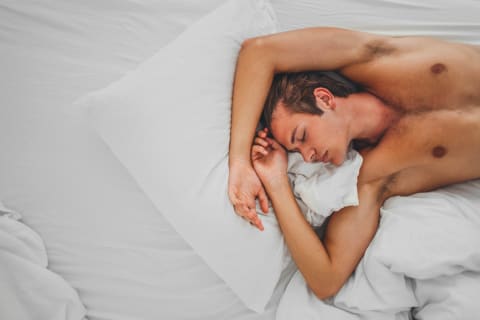
Ensure that once you fall asleep, you stay asleep.
If you’ve ever used a white noise machine to help a baby zonk out or turned on the fan to drown out the neighbors’ late-night party, you have witnessed the wonders the right noise can work. Light sleepers and those prone to waking up throughout the night may find a white noise app especially helpful—you can download one (like the straightforwardly named White Noise, which doesn’t require a paid pro version to go all night) and bring it wherever you travel. That way, a door closing or your partner turning over won’t make you go from zzz to RED ALERT! For sleepers whose partners don’t dig the whoosh of ocean waves, try the Dreampad pillow, which plays snooze-inducing tracks through the pillow itself that only you can hear. In a study conducted by researchers at the Columbia University Medical Center, light sleepers who used the Dreampad pillow woke up less often than those who tried other non-Rx sleep aids like a breathing program or cutting out food and TV before bed.
You can also try a low-tech fix: essential oils. A systematic review of studies3 found that inhaling calming scents (such as lavender and ylang ylang) helped folks with mild to moderate sleep issues. It may take a little trial and error to find an oil (or a combination of them) that works best for you. (We like bergamot, Roman chamomile, valerian and, of course, lavender.) Try them in a diffuser or apply directly to the soles of your feet.
Learn how to eat for sleep
You should also eat to sleep right. You’ve probably heard that you shouldn’t nosh close to bedtime, which confuses your circadian rhythm by telling your body it’s time to seize the day. You should make sure to get enough B vitamins (found in eggs and fish), which are the foundation of the sleep hormone melatonin; tryptophan (found in tofu, pineapple and of course turkey), which is best known for Thanksgiving food comas but also supports your body’s production of mood-balancing serotonin; and the minerals calcium and magnesium (found in dairy and dark leafy greens), which help you stay asleep. Milk contains all of these, so it’s no wonder your grandmother sent you to bed with a warm mug. Add a dash of cardamom, nutmeg or turmeric (or all three) to warm milk for a pre-bed Ayurvedic treat.
And if you’ve done all of the above but find yourself waking up groggy occasionally, you may need a safe pick-me-up. The HumanCharger, a device which uses headphones to direct little bits of light through your ear canal to the light-sensitive parts of your brain, can help you feel alert and ready to tackle your goals like a boss when the latte just isn’t cutting it. (It turns out that your brain has cells that respond to light, just like your eyes, so getting minute amounts of direct light through your ears tells your brain to wake up!)
With just a few switches, you can sleep more and deeper—and reach peak performance on whatever makes you carpe diem.




